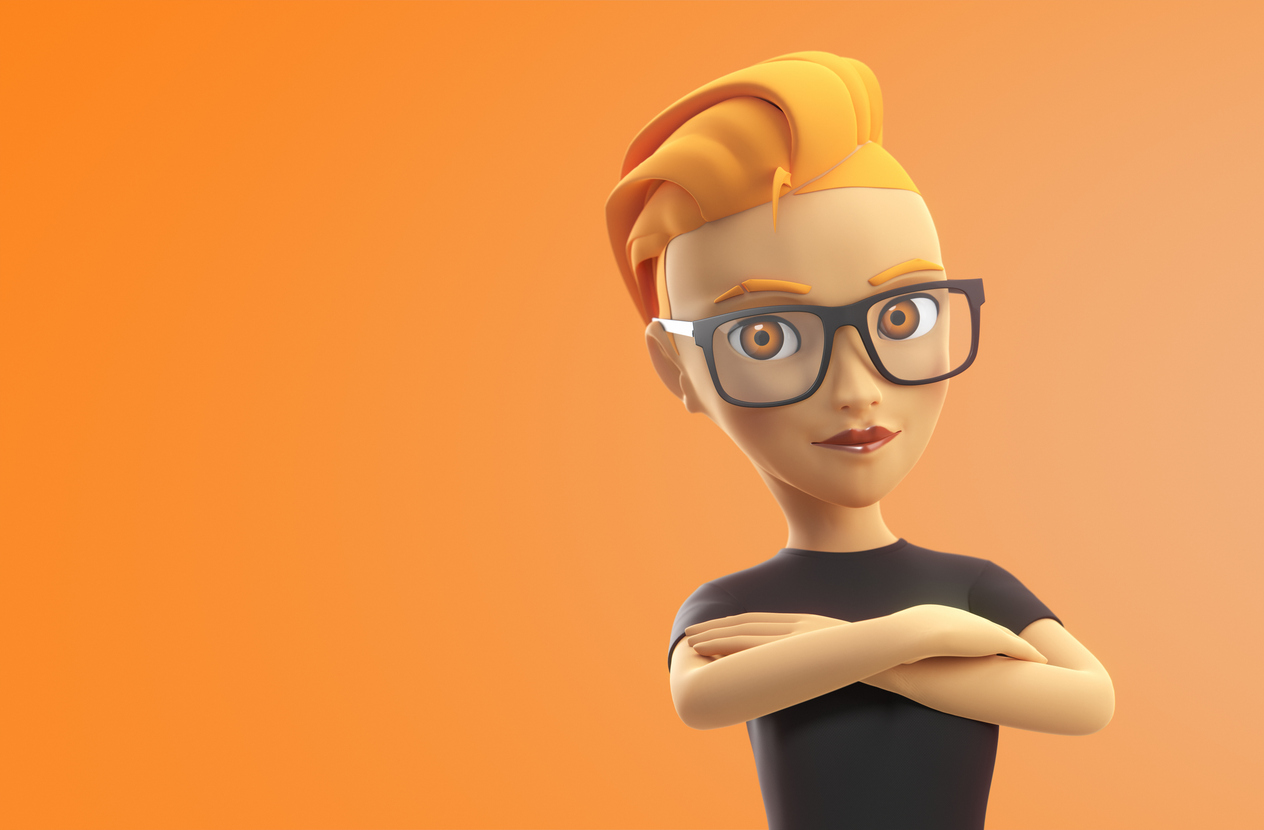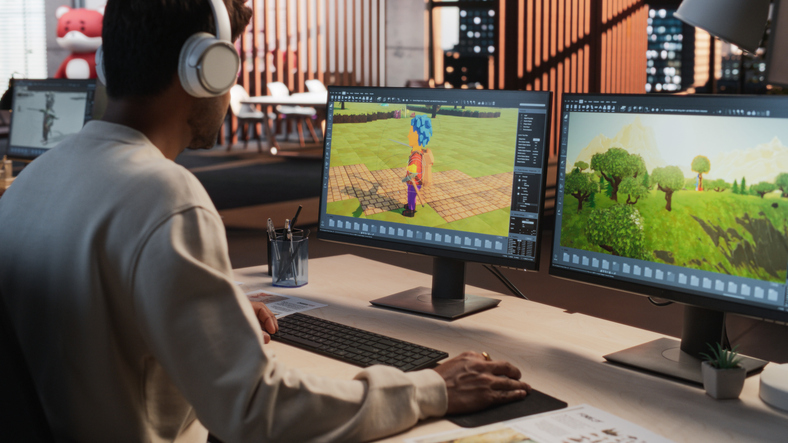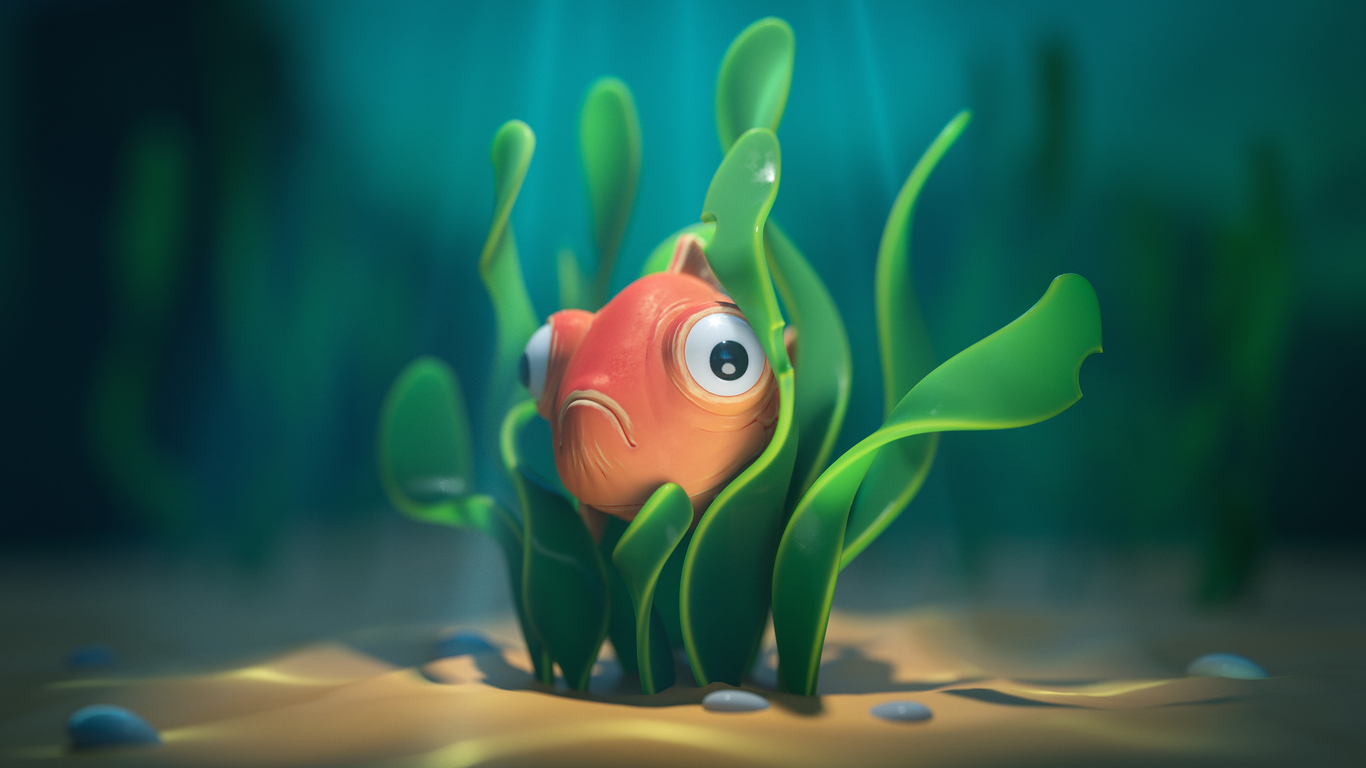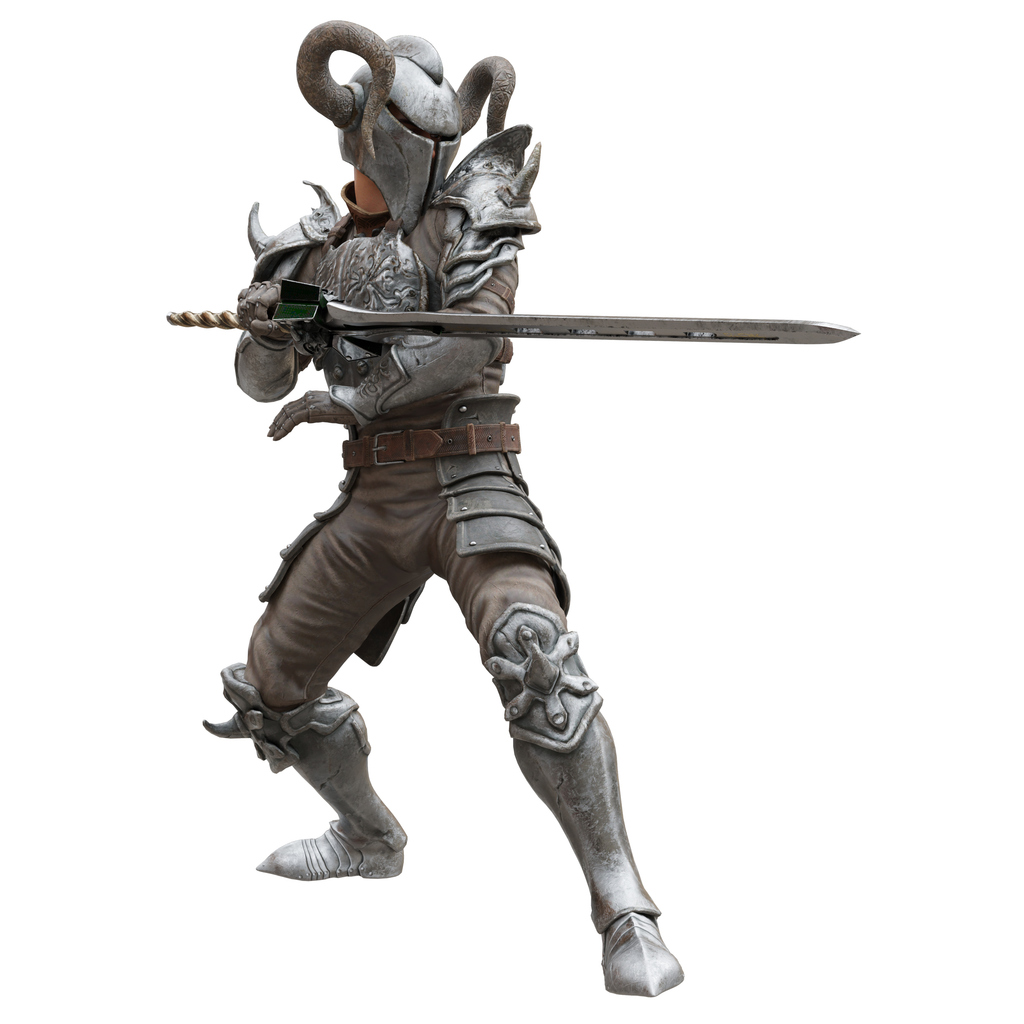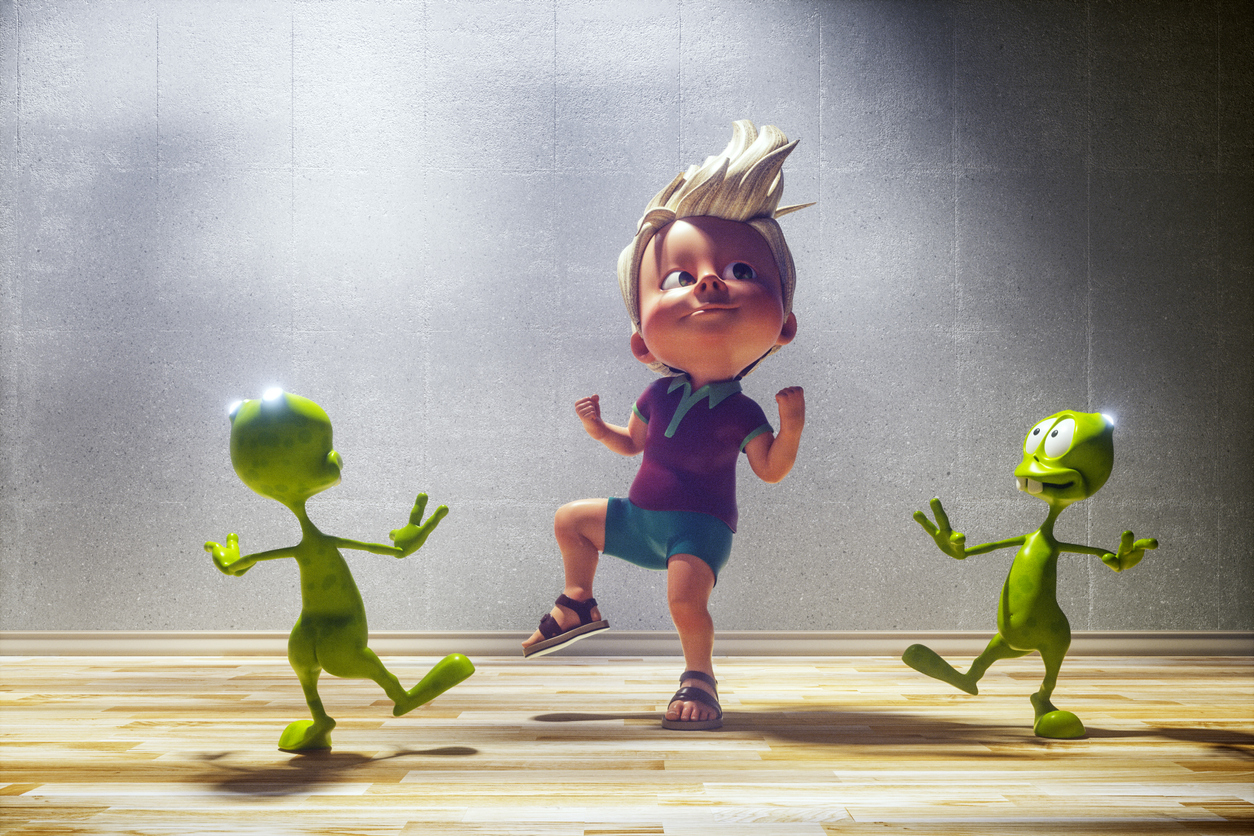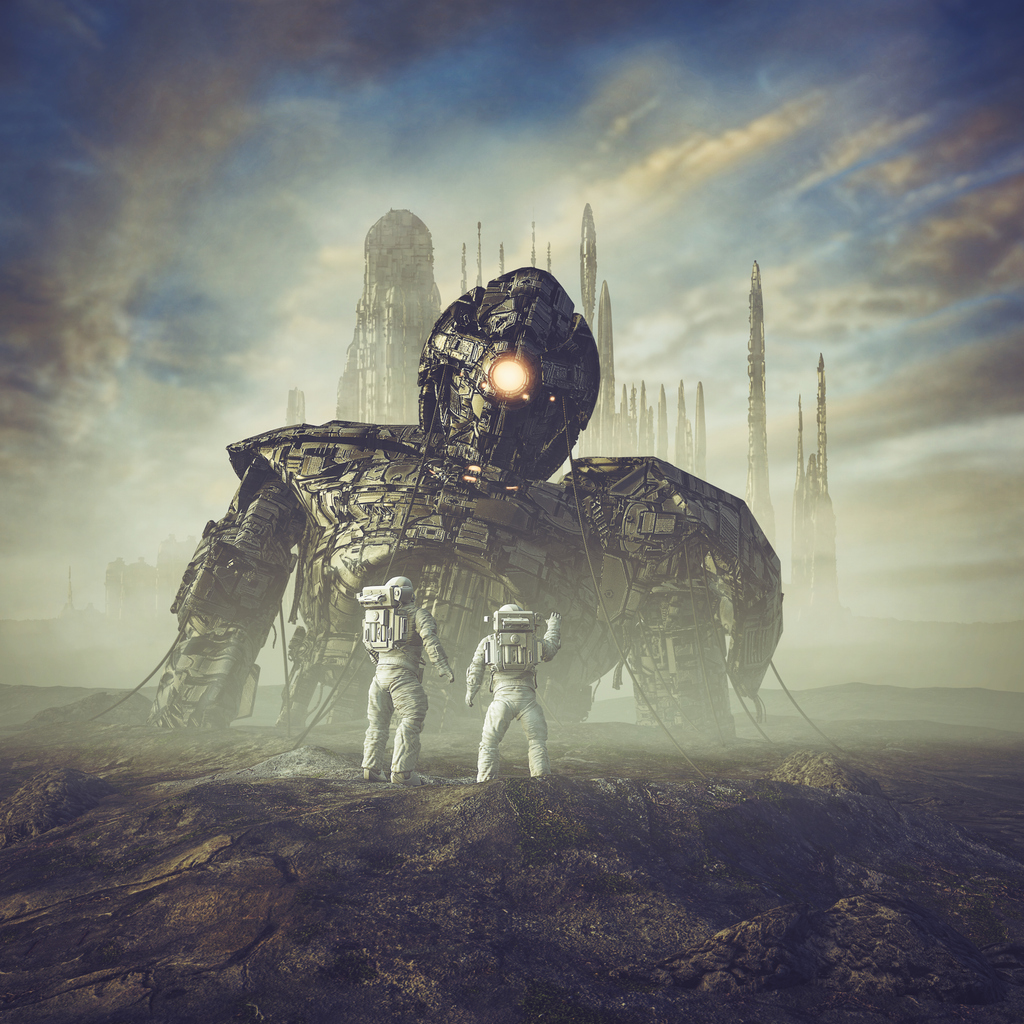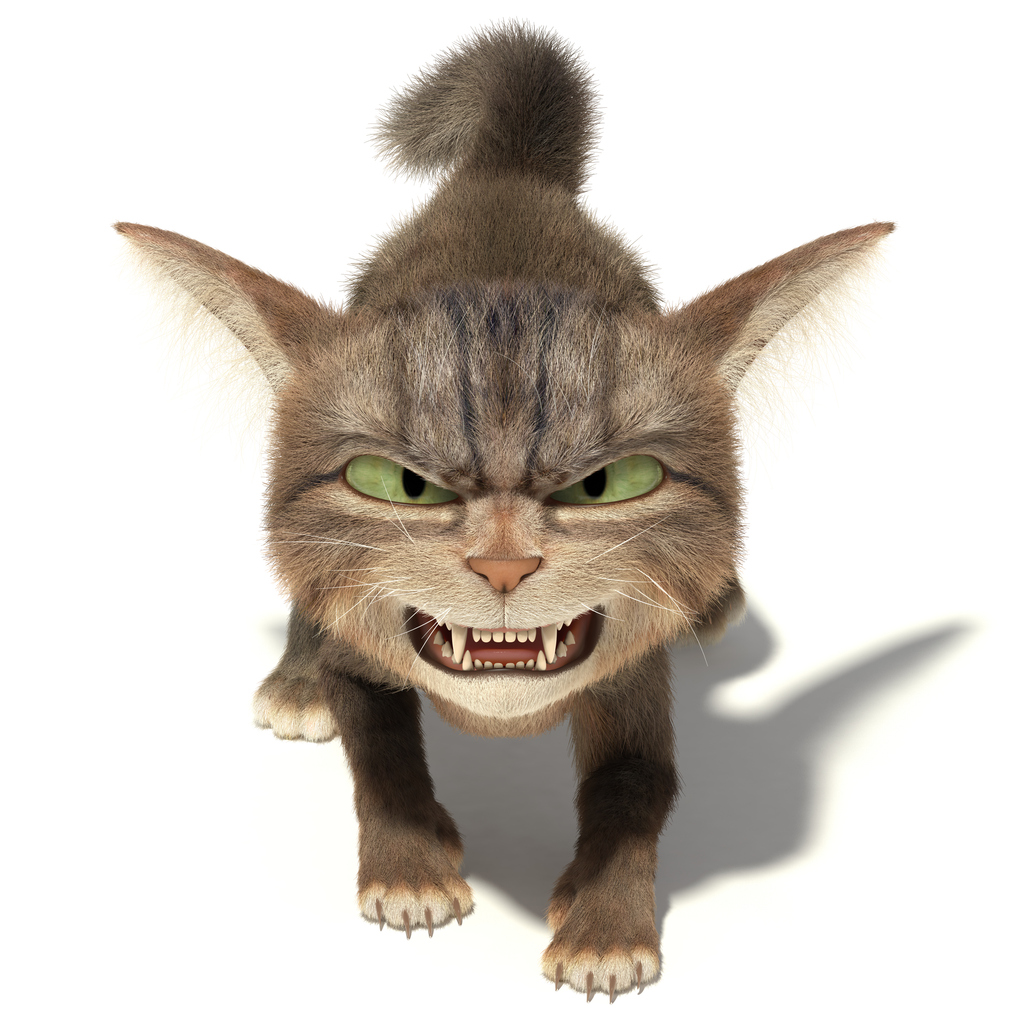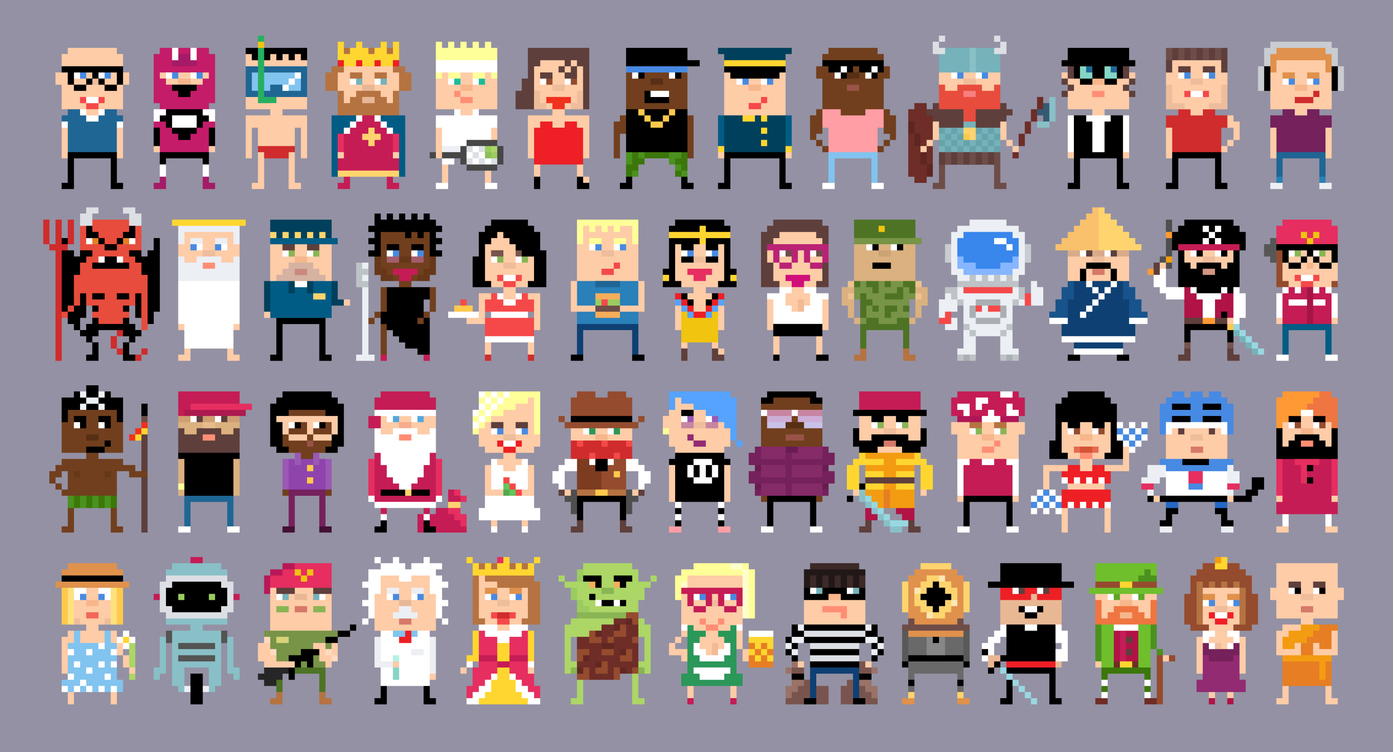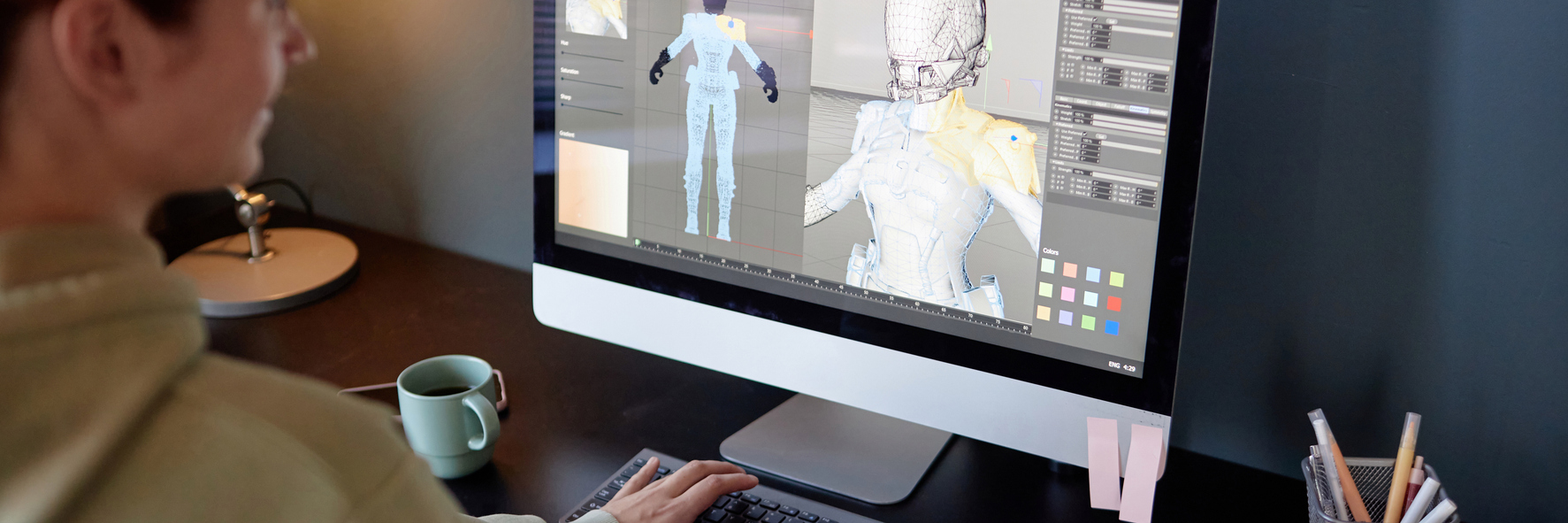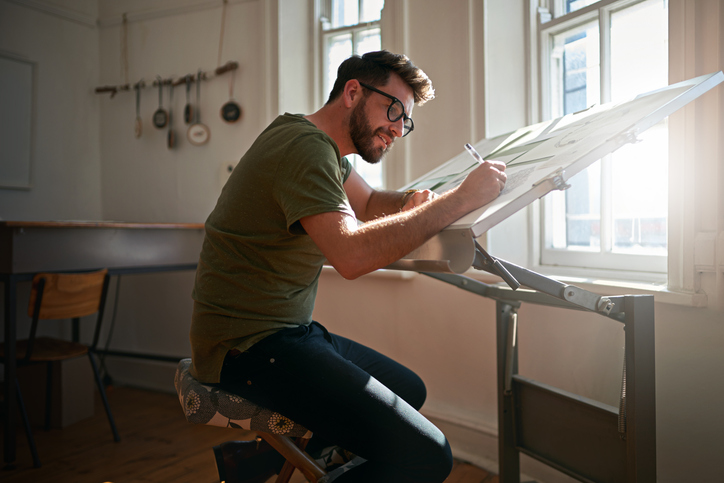In the ever-evolving world of digital media, 3D animation stands at the forefront of storytelling, gaming, film, and advertising. At the heart of every compelling 3D animation lies character design, the art and science of bringing unique, believable, and emotionally resonant characters to life. Whether you're building a noble hero, a menacing villain, or a quirky sidekick, character design is the foundation of immersive animation. In this blog, we’ll explore everything you need to know about character design for 3D animation, why it matters, how it's used, and how to get started.
If you're dreaming of a creative career in animation, understanding character design is your first step. And if you're looking for a hands-on, industry-ready education, VCAD's 3D Modeling Animation Art and Design Diploma could be your ideal launchpad.
What is Character Design?
Character design is the creative process of developing the visual appearance, personality, and physical attributes of a character. It's about crafting a character from the ground up, combining artistic vision with storytelling. In 3D animation, character design goes beyond flat sketches to three dimensional realizations that can move, express emotion, and interact with their environment.
Character design begins with concept art early-stage drawings that explore a character’s features, posture, attire, and personality. Designers use shape language, silhouette, and colour theory to create characters that are instantly recognizable and evoke specific emotions. Characters might be stylized or hyper realistic, but the goal remains the same: to bring a character to life in a way that fits the narrative and resonates with audiences.
Why Character Design is Important for 3D Animation
A compelling character is often what separates a good animation from a great one. Character design plays a critical role in storytelling and audience engagement. Here's why it matters:
-
Emotional Resonance: Characters with thoughtful expressions, gestures, and body language foster a deeper emotional impact, essential for storytelling.
From Grogu in The Mandalorian to GlaDOS in Portal, unforgettable characters start with unforgettable design. It’s not just about how they look, but how they feel about the audience.
How Character Design is Used in 3D Modeling Animation
In the realm of 3D animation, character design intersects with multiple disciplines, from modeling to animation and texturing. Here's how it unfolds:
Concept Art and Ideation
Before any 3D modeling begins, designers develop concept art that defines the character’s look and feel. This includes personality, attire, backstory, and physical traits.
Modeling and Sculpting
Once the concept is approved, 3D artists use tools like Maya, ZBrush, and Blender to turn 2D sketches into 3D models. Artists must understand anatomy and proportions to ensure realistic and functional designs. The silhouette must remain clear and expressive, even as details are added.
Texturing and Shading
Texturing adds depth and realism. Artists use programs like Substance Painter and Photoshop to simulate skin textures, fabric types, and surface materials. This is where colour palette and surface detail (like scars or freckles) help tell the character’s story.
Rigging and Animation Readiness
Rigging gives characters an internal skeleton. Skinning binds the mesh to the rig so it deforms naturally during movement. Good design ensures that characters can move fluidly without breaking.
Expression and Posing
Through blend shapes and control rigs, animators breathe life into characters. Facial expressions, gestures, and poses reflect the character's emotional arc, making them relatable and dynamic.
How to Get Started with Character Design for 3D Animation
Breaking into character design might seem daunting, but with passion and the right guidance, you can build a powerful foundation. Here are steps to get started:
1. Master the Basics of Drawing and Anatomy
Understanding how the human (and non-human) body works is essential. Learn figure drawing, anatomy, and gesture drawing to bring believability to your designs.
2. Learn 3D Software
Familiarize yourself with software like Maya, ZBrush, Substance Painter, and Blender. Each tool has strengths in modeling, sculpting, texturing, and rendering.
3. Study Shape Language and Colour Theory
Characters convey meaning through shapes (round for friendly, angular for villainous) and colours (warm for approachable, cool for distant). Learn to use these strategically.
4. Build a Portfolio
Your portfolio should showcase a variety of characters, from concept sketches to fully rendered 3D models. Include turntables, rigged poses, and animation loops where possible.
Bonus Read: How to Make an 3D Animation Portfolio
5. Enrol in a Professional Program
Structured learning can fast track your progress. That’s where VCAD comes in.
Why Choose VCAD to Learn Character Design?
VCAD’s 3D Modeling Animation Art and Design Diploma is tailored for aspiring 3D artists who want to build a career in animation, games, film, or interactive media. Here’s what sets it apart:
Learn from Anywhere
Delivered fully online, the program allows you to learn from the comfort of your home while engaging in hands on, studio quality projects.
Work with Industry Standard Tools
Students get trained in top 3D animation software like:
Build a Professional Portfolio
By the end of the program, you’ll have a comprehensive portfolio featuring characters, environments, props, and animations that demonstrate your creative and technical skills.
Career Focused Outcomes
Graduates are prepared for careers such as:
Certified Education
VCAD is certified by the Private Training Institutions Regulatory Unit (PTIRU) of British Columbia’s Ministry of Post Secondary Education and Future Skills, ensuring you receive a recognized and high-quality education.
Personalized, Flexible Learning
With flexible delivery and mentorship from industry professionals, VCAD supports your learning journey every step of the way.
Final Thoughts
Character design for 3D animation is a rich, multifaceted discipline that blends creativity with technology. It's about crafting more than just a look, it's about creating identities, emotions, and stories that resonate. Whether you dream of animating fantastic creatures or realistic humans, mastering character design is your ticket into the vibrant world of digital storytelling.
If you’re ready to bring characters to life, consider enrolling in the 3D Modeling Animation Art and Design Diploma at VCAD. You’ll gain the skills, tools, and portfolio to make your mark in the creative industry.
Explore your creativity. Elevate your skills. Begin your animation journey with VCAD.
